Field test and review
Navigating the trail is one of the most important aspects of heading off into the great unknown. You can have all the right gear, be carrying plenty of food and water, be as fit as an Olympic athlete but if you don’t know how to navigate what lies ahead you will quickly find yourself in all kinds of trouble. You need to know how to return safely.
Thanks to the multitude of quality navigation apps in the marketplace, smartphone trail navigation has become a very common hiking tool. Unfortunately, some people think they are magical devices that keep people from getting lost – Nope! They are useful tools but should never be relied on. Continued use of GPS running in the background can dramatically decrease battery life. They can stop functioning in cold climates, if they get wet or break. You should always have a compass and a map as a back-up, and know how to use them.
For the past few years I have experimented with a combination of handheld GPS units and watches when recording all of the trails on www.trailhiking.com.au. I have found the hand held units to be more accurate, as you would expect due to the somewhat massive antenna protruding from the top of the device. The downside to these units is that they can add considerably to your pack weight which is particularly important on multi-day adventures.
For all hikes I undertake I now use a GPS watch for recording the trail and use my smartphone as a quick update on my current trail position as unlike a watch these allow you to view detailed topographic maps, even in airplane mode. An important note though, I always plan my hikes using a scaled topographical map and I always carry a map and compass in my pack as these will never fail you.
I was recently sent a Fitbit Surge to review. I was well aware of the buzz surrounding Fitbit as everyone who was active seemed to own one in order to monitor their heart rate and see how many steps they accumulated that day. What I didn’t know was that the Fitbit Surge had integrated GPS. So yes, I was interested in strapping one to my wrist and seeing how it performed.
Fitbit Surge is the most powerful Fitbit yet, complete with GPS tracking, real-time workout stats and a heart rate monitor. The Fitbit Surge offers all the features you would expect from a Fitbit. You’ll find it keeps track of your daily steps, distance, floors climbed, active minutes, and calories. The Surge also offers automatic sleep tracking, continuous heart rate tracking, and has GPS for distance, pace and elevation climbed. The GPS is actually one of the key features of the Surge, which is part of the reason why Fitbit has this one billed as the “fitness super watch. These metrics can easily be shown on the watch at any time by just swiping left or right on the display. They can also be synchronized to your smartphone using the Fitbit app or synced to your desktop and the Fitbit website using the wireless sync dongle. With that you can display all captured information in a much more colourful and graphically pleasing environment than on the device itself.
As soon as I received this watch I strapped it to my wrist and didn’t take it off for weeks, except when I was in the shower (as it isn’t waterproof) or recharging the unit (approximately every 6 days). I was amazed at just how much information it recorded and loved the fact it synced with my iPhone so I could keep track of everything I did every day. I could go on for hours about all of the features of this watch but the main purpose of this field test and review is to focus on how the Surge can be used for hiking. And what is the most important factor? GPS Accuracy.
Accuracy
As far as I am concerned, GPS accuracy falls into two basic categories; is the distance correct, and does the track look right? The only way to test that is to get out on the trail and hike. In order to determine distance accuracy first you need to know how long the hike is. Now this is not always possible given that terrain can vary, trails can be realigned or you may wander around looking at view-points, back tracking to take photos or duck off to use natures bathroom. So if the trail notes say the hike is 23km it may in fact be 26km by the time you factor in all of the above. So the only way to check this is to carry a number of other devices on your hike and compare the distances at the end. For all of my test hikes I carried a Garmin handheld, Garmin Fenix, Fitbit Surge and my trusty iPhone. As mentioned earlier, I have always found my handheld to be the most accurate so relied on this as the baseline.
In total I tested the Fitbit on ten different hikes over distances ranging from 6km through to 32km and on terrain varying from easy forested tourist trails through to difficult and steep alpine hikes. It is interesting to note that on all of these tests the Fitbit and Garmin handheld produced very similar distances while the Garmin Fenix watch was way out. So much so that I sent it back for a replacement, three times.
What I discovered is that the Fitbit Surge does really well in ‘normal’ conditions. By normal I mean reasonably flat to slightly undulating terrain where you aren’t encountering long and steep, near vertical ascents. Under normal conditions the distance accuracy was always within 2-3% of my handheld. For hikes that I undertook in the more mountainous alpine regions I found the level of distance accuracy (as compared to my handheld) dropped to around 6-8%. I found that the inaccuracies generally occurred when I was steeply ascending or descending a long spur where it must not have been able to calculate the gradient of the ascent.
At the beginning of each hike the GPS generally took a minute or two to lock in to the required number of satellites, and once locked it was generally solid and accurate. Using the Surge to track a hike, you will have easy access to a number of key details. The display will show how long you have been hiking and also show your current distance traversed. The activity display also shows your current heart rate, which as mentioned earlier, is continuous. Perhaps even nicer is how the heart rate tracking doesn’t require any additional hardware. Simply put, you will not be wearing any chest strap monitor with the Surge. The watch will also show you your position in coordinates allowing you to easily find your location on a map.
Does the track look right?
It is important to understand that with any GPS they all require a direct path to at least three satellites in order to receive their radio transmissions. If the signal is being blocked either because you’re under thick cover, near many tall trees, or as a result of atmospheric effects the GPS simply will not work. Where GPS gives you a more accurate measure of distance than pace-counting alone, the actual accuracy depends on both your environment and the weather. If a GPS looses signal for any reason what it will do is estimate your route the next time it connects to satellites. If a long period of time has passed you will see this on your recorded track as a straight line and the altitude data will generally be represented as zero.
So with this in mind I found the tracks recorded with the Fitbit Surge were generally accurate on all hikes. It may have wandered five to ten metres off the path, tracked by my handheld, or experienced the occasional signal loss due to environment and weather but given the size difference between the antennas this is totally acceptable. I should note that there are no guarantees that my handheld is 100% accurate either so I am pleased with the result.
Battery life
The Fitbit Surge’s battery life is stated to be over a week under normal use. In my initial tests, wearing it around home and to work, I generally managed around five days before needing to recharge. When on the trail and heavily using the on-board GPS for tracking hikes I managed an average of around seven hours of life before needing to plug it back in. For most day hikes this will be more than adequate and on multi-day hikes I always carry a portable charging unit and recharge at the end of each day. I should note that there is no micro USB or wireless charging support so you will need to carny the dedicated lead with you. The Surge relies on small charging cable that clips into the back of the device and takes roughly an hour to get back to full charge from 0%.
Conclusion
If you enjoy moderate hikes and don’t often head into the deepest wideness areas and are looking for a wrist worn activity tracker that doubles as a GPS will then the Fitbit Surge is for you. If you are a serious adventurer who spends most of their life off trail in the mountains, then you probably already know that the more you spend and the larger the unit it the more accurate your tracking and navigation will be. The bottom line here is fairly simple. If you are looking for one device that is able to track your daily activity as well as your workouts, sleep and hiking adventures then the Surge is one to consider.
Buy direct from fitbit for $399.95
Or from a host on retail and online stores
Tech Specs
GPS Tracking: See distance, pace, split times and elevation climbed & review routes
Long Battery Life: Lasts longer than competing trackers with a battery life up to 7 days and GPS battery life up to 10 hours
PurePulse™ Heart Rate: Get continuous, automatic, wrist-based heart rate & simplified heart rate zones
Notifications + Music: See call & text notifications on display and control songs from your mobile playlist
All-Day Activity: Track steps, distance, calories burned, floors climbed, active minutes, hourly activity & stationary time
Auto Sleep + Alarms: Monitor your sleep automatically & set a silent alarm
SmartTrack™ + Multi-Sport: Track runs, rides & other workouts with multi-sport modes or automatically record them with SmartTrack
Wireless Syncing: Sync stats wirelessly & automatically to leading smartphones and computers
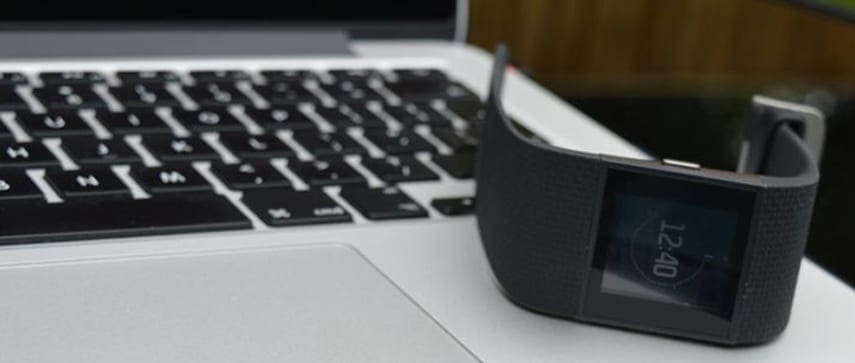
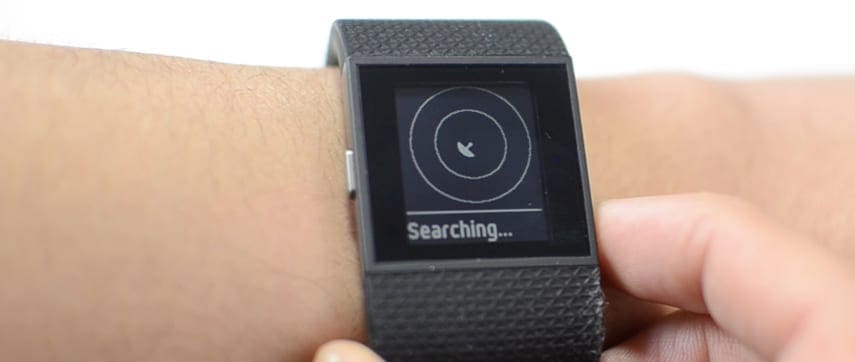
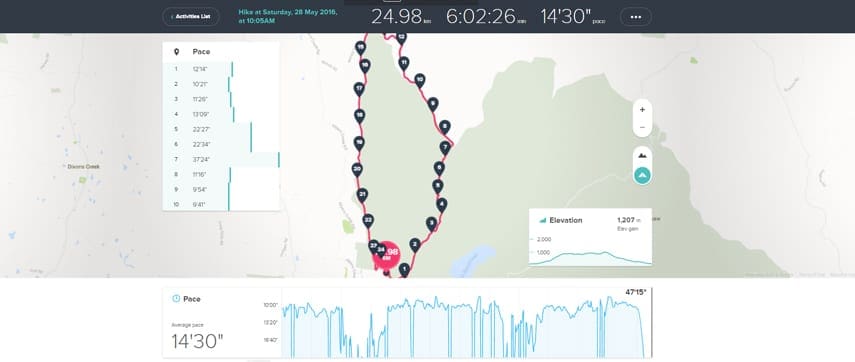
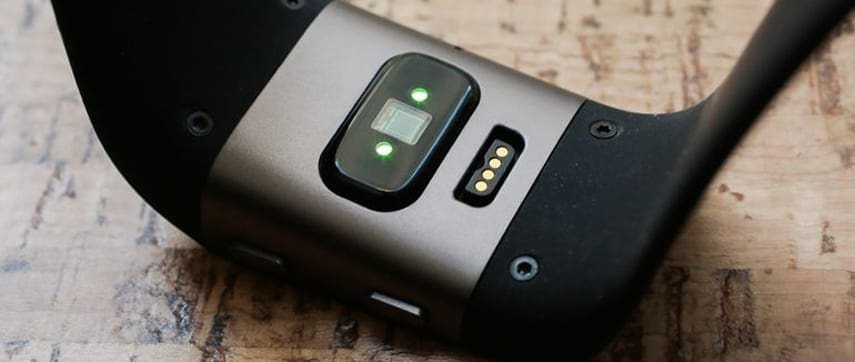
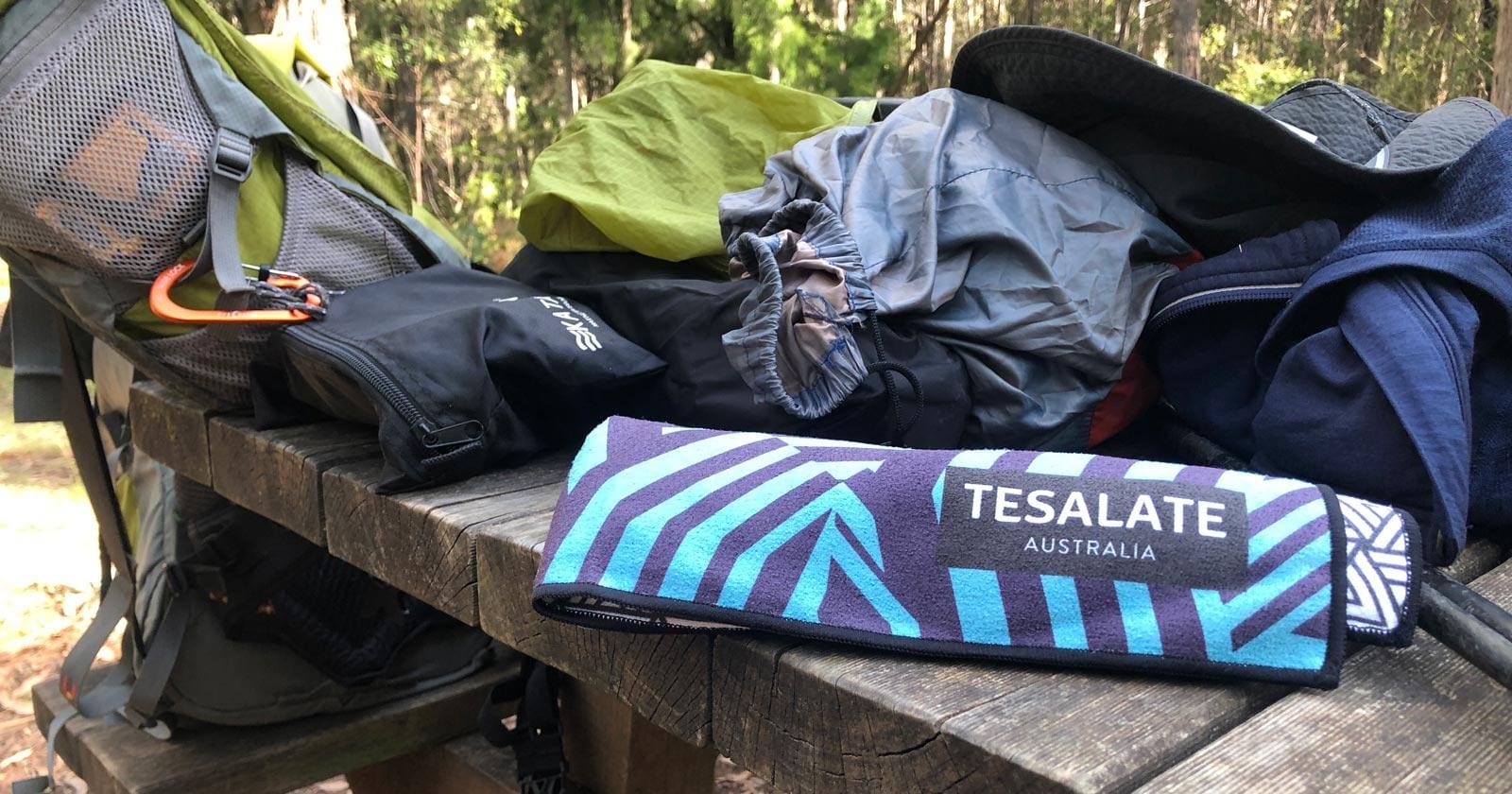
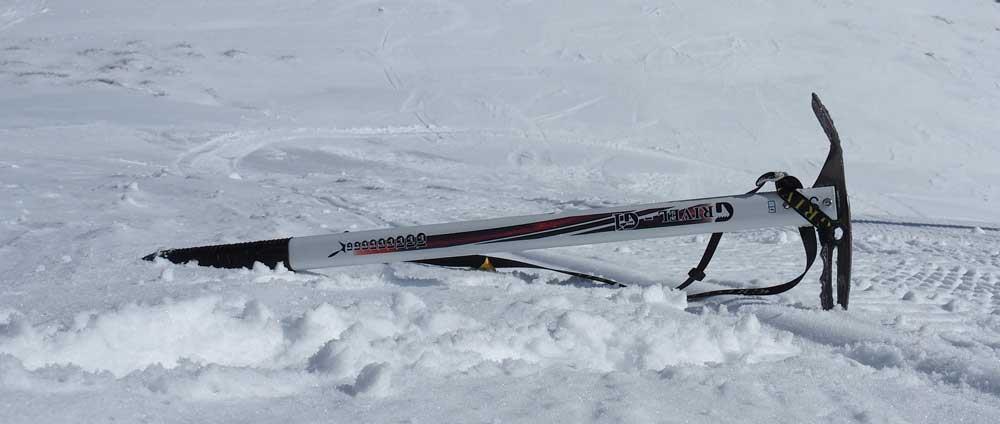
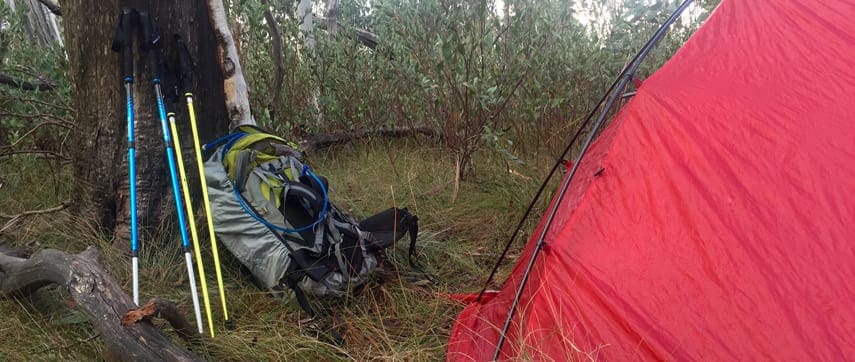



I really liked your blog, there was a lot of information in it. Here are some pros and cons according to me.
Pros:
Built-In GPS: Fitbit Surge features built-in GPS, which enables accurate tracking of your outdoor activities such as running and cycling without needing to carry your smartphone.
Continuous Heart Rate Monitoring: This fitness tracker offers continuous heart rate monitoring, providing real-time data on your heart rate during exercise and throughout the day. It’s a valuable feature for optimizing workouts and monitoring overall health.
Multi-Sport Tracking: Fitbit Surge supports tracking various sports and exercises, allowing you to choose the specific activity you’re engaged in for more precise data analysis.
Smartphone Notifications: It can display call and text notifications on its screen, allowing you to stay connected even during workouts without needing to check your phone.
Cons:
Bulkier Design: Fitbit Surge has a bulkier and heavier design compared to other fitness trackers, which may not be comfortable for everyone, especially for those who prefer a sleeker, more compact device.
Battery Life: The continuous use of GPS and heart rate monitoring can significantly reduce the battery life of the Fitbit Surge, requiring more frequent charging, which may not be ideal for long endurance activities.
Limited App Ecosystem: While Fitbit has its app ecosystem, it may not be as extensive or customizable as some other fitness tracker platforms, limiting the range of apps and features available.
Price: Fitbit Surge is priced higher than many basic fitness trackers, making it less budget-friendly for those who are looking for a more cost-effective option.